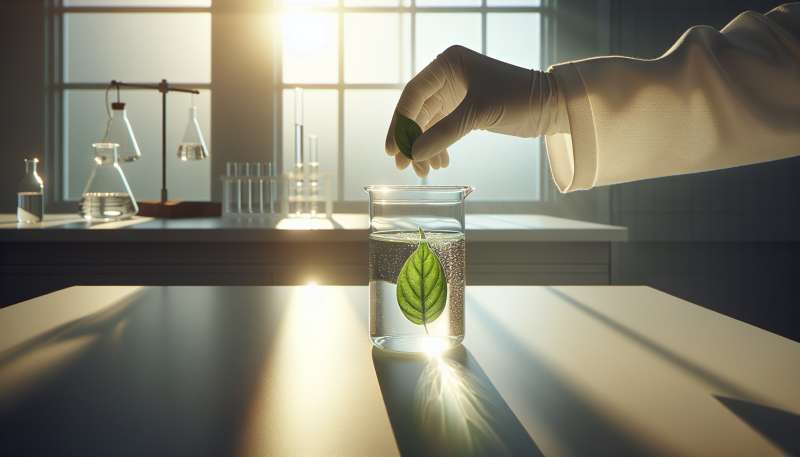
What Are Solutions?
In chemistry, solutions are homogeneous mixtures composed of two or more substances. A solution can be a solid, liquid, or gas, with components uniformly distributed at a microscopic level.
Solute and Solvent Explained
The substance in the smallest amount and the one that dissolves is called the solute. The substance in the larger amount that dissolves the solute is known as the solvent.
Solubility and Temperature
Solubility often increases with temperature. An exception to this is gas solubility in liquids, which generally decreases as temperature rises, explaining why warm soda goes flat faster.
Supersaturated Solutions
Supersaturated solutions contain more solute than would normally dissolve at a certain temperature. These are unstable and can form crystals rapidly when a 'seed' solute is added.
Solutions and Light
A true solution does not scatter light, a phenomenon known as the Tyndall effect. This differentiates solutions from colloids and suspensions, where scattering occurs.
Universal Solvent: Water
Water is known as the universal solvent because it dissolves more substances than any other liquid. This property is vital for life, affecting Earth's ecosystems and the human body.
Non-Newtonian Fluids
Non-Newtonian fluids defy conventional solution behavior. Their viscosity changes under stress, like cornstarch in water, which behaves as a solid under sudden force and liquid when moved slowly.Instant Icicles
A supersaturated solution can turn into ice instantly when disturbed, even at room temperature, showcasing a unique phase transition.
What defines a solution in chemistry?
Mixture of non-uniform substances
Homogeneous mixture of substances
Pure substance with uniform properties
Company